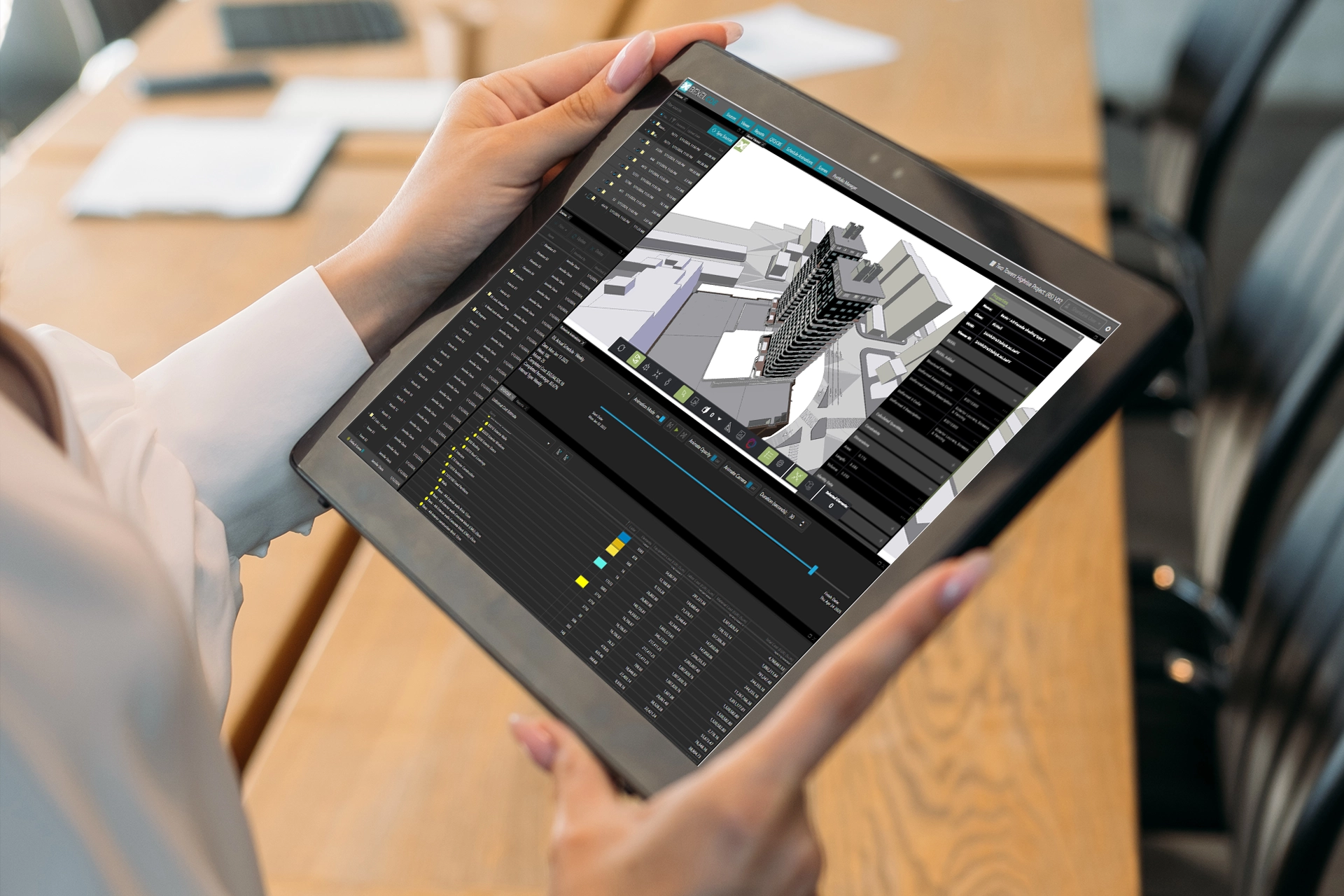While its primary function involves organizing and facilitating access to project documentation, the true power of CDE lies in consolidating all project-related data and information into a single source of truth, easily accessible to all project stakeholders, depending on their access rights.
Project stakeholders can access the CDE online at any time and from anywhere to share, update, review or comment on project data. Through automated notifications and workflows, stakeholders are alerted to updates, revisions, and approvals, ensuring everyone is working with the latest information. Nowadays, when more and more data is generated daily for every construction project and project collaboration involves numerous stakeholders it would be hard to imagine a large-scale construction project without the centralized Common Data Environment (CDE) with real-time access to all project information. This minimizes errors, accelerates decision-making, and improves overall project efficiency.
Why is a CDE important?
Collaboration: CDE offers a centralized platform for sharing and accessing project-related documents, drawings, and data. The need for frequent file exchanges is minimized, as is the risk of potential version control issues.
Informed Decision-Making: With real-time access to the latest project information, stakeholders can make informed decisions promptly, leading to increased efficiency in project execution and delivery.
Reduced Errors and Rework: By ensuring that all stakeholders are working with the most up-to-date information, a CDE helps to minimize errors and the need for costly rework. The need for frequent file exchanges is minimized as is the risk of potential version control issues.
Version Control: CDE offers version control and change history, allowing users to track changes, revert to previous versions if needed, and maintain a clear audit trail of all modifications.
Project Security: With a CDE, administrators have better control of data and information, as well as access rights management, ensuring maximum security of sensitive project data.
What makes BEXEL CDE different?
One of the standout features of BEXEL CDE is its 4D/5D Simulations, offering a holistic view of project timelines and costs. This feature provides stakeholders with a comprehensive overview, whether for the entire project or specific areas, enabling better planning and decision-making. The color-coded Cost Estimation, Quantity Takeoffs, and Custom Breakdowns further enhance this capability, providing valuable cost and data insights.
Efficient model organization is essential for streamlined project management, and BEXEL CDE excels in this aspect with its Multi-level Source Structures. This feature allows for the easy organization of project segments, facilitating quick access and navigation even for large-scale projects.
In terms of visualization, BEXEL CDE offers Scene Creation, enabling stakeholders to quickly create and overview key visualizations of the project. The slice object feature allows users to dissect complex models and visualize specific sections or slices of the project. This capability enables examining details more closely, identifying potential issues, and making informed decisions regarding design, construction, or maintenance.
Selection Sets Management simplifies access to important project structures, while BCF Integration facilitates efficient communication and collaboration. Moreover, the Document Linking to Model Elements feature ensures easy access to relevant project documentation.
Data visualization is a critical aspect of modern project management, and BEXEL CDE brings it to the next level with its integration with PowerBI’s interactive dashboards. These dynamic visualizations unlock valuable insights, enabling stakeholders to drive informed decisions and optimize project performance.





